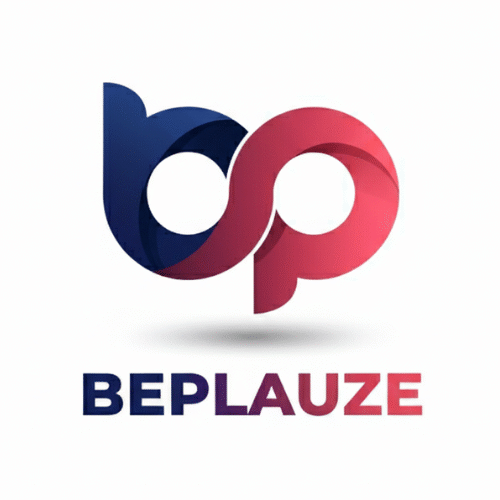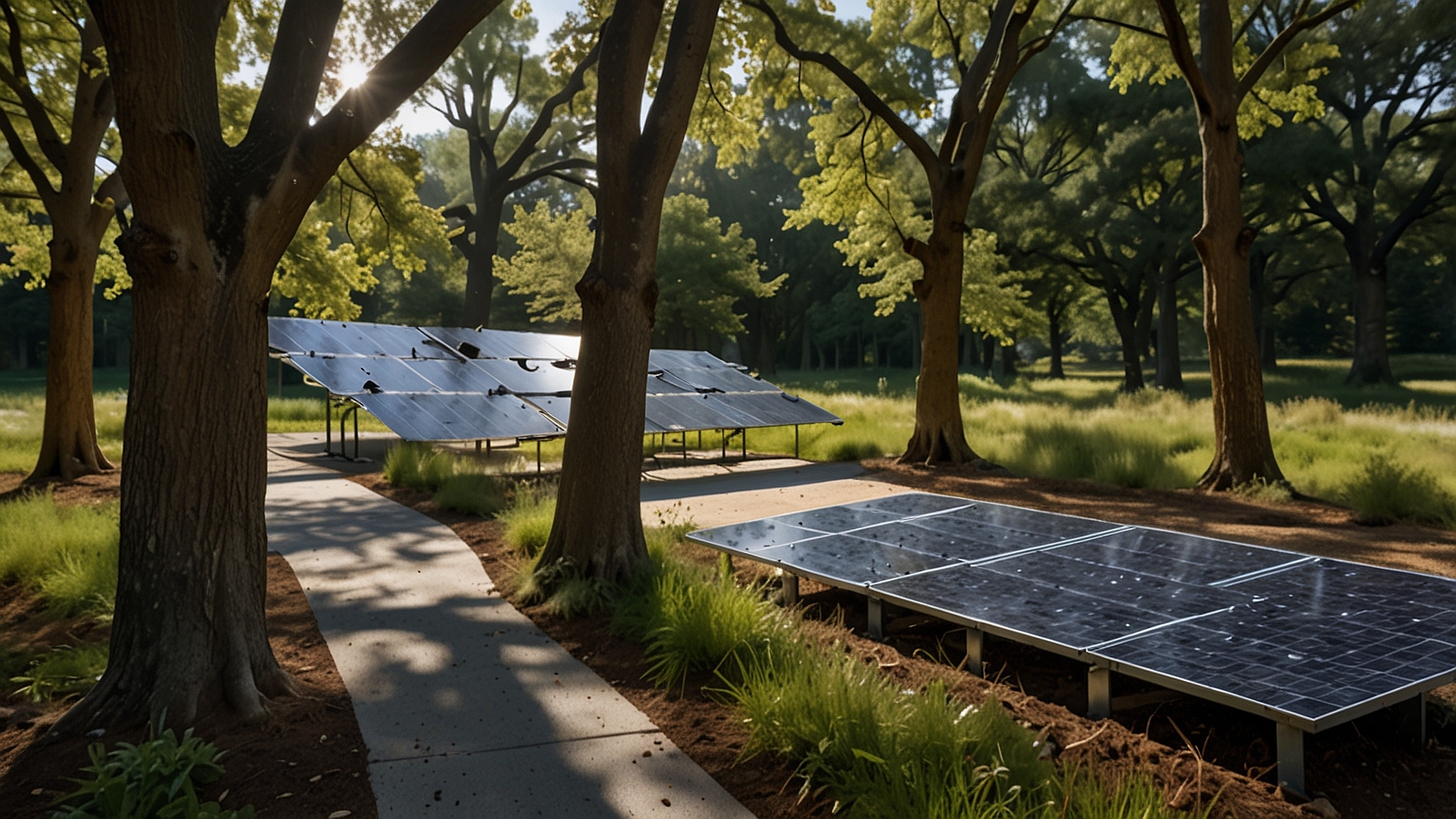Ever looked at your investment portfolio and wondered, “Is my money just growing, or is it doing any good?” You’re not alone. Today, more and more investors want their capital to build a better future, not just a bigger bank account. But for a long time, the choice seemed binary: you could either make a competitive return or make a positive impact.
What if you didn’t have to choose?
This is precisely the powerful dilemma the White Oak Impact Fund is designed to solve. It’s a sophisticated investment strategy that aims to have its cake and eat it too, pairing the robust returns of private credit with the measurable satisfaction of creating real-world change. Let’s break down exactly how it works, why it’s unique, and who it’s for, in plain, simple English.
Let’s start with the core description. Imagine you’re explaining it to a friend over coffee.
Think of the White Oak Impact Fund as a specialized lending program. It doesn’t buy stocks of big, publicly-traded companies like Apple or Tesla. Instead, it acts like a bank for small and medium-sized enterprises (SMEs)—the engine room of the economy. These are the innovative companies that often struggle to get the loans they need from traditional banks to grow, hire, and innovate.
Here’s the twist: this fund doesn’t just lend to any business. It specifically lends to companies that can prove they are creating a positive social or environmental impact. It’s a direct-lending strategy, meaning it deals directly with these businesses, providing them with disciplined, senior-secured financing.
- Luxembourg-Domiciled: This simply means the fund is legally based in Luxembourg, a well-respected and stable financial hub in Europe. This offers investors certain regulatory protections and tax efficiencies.
- Managed by White Oak Global Advisors: The “captain of the ship” is an experienced asset manager with a long track record in the private credit space. They’re the experts picking the right companies to lend to.
- Direct-Lending Strategy: Instead of buying pre-existing loans, the fund creates new ones, tailoring the terms to fit both the business’s needs and the fund’s impact goals.
- Senior-Secured Financing: This is a fancy term for being first in line. If a company runs into trouble, this type of loan is backed by the company’s assets (like equipment or property), giving the fund a high level of protection.
In a nutshell, the fund provides growth capital to the smaller, impactful companies that need it most, while seeking to deliver solid, traditional returns to its investors. It’s a win-win.
So, how does this all come together in practice? The process isn’t magic; it’s a disciplined, repeatable cycle. Let’s walk through it.
The team at White Oak Global Advisors doesn’t just wait for applications. They actively seek out promising SMEs that are poised for growth and align with their strict impact criteria. They look across various sectors like renewable energy, sustainable agriculture, healthcare technology, and inclusive community development.
This is where the real work happens. Every potential investment goes through two rigorous filters:
- Financial Vetting: Just like any traditional lender, they perform an intense financial health check. Can the business afford the loan? Is its cash flow stable? Does it have a solid business plan? This is all about risk management.
- Impact Assessment: This is the special sauce. The team rigorously measures the company’s social and environmental credentials. They don’t just take the company’s word for it; they dig deep to verify the claims. A common misconception is that “impact” is vague and unmeasurable. This fund aims to prove otherwise.
Once a company passes both filters, the fund structures a custom loan. Being “senior-secured” means the terms are designed to protect the investors’ capital. The interest rate and repayment schedule are set to provide those “traditional private-credit returns” the fund targets.
The job isn’t done once the check is written. The fund continuously monitors the company’s performance on both financial and impact metrics.
Imagine a dashboard with two sets of gauges. One set tracks financial health—loan repayments, revenue growth, etc. The other set tracks impact KPIs (Key Performance Indicators) like:
- Tons of CO2 emissions reduced.
- Number of new jobs created in underserved communities.
- Gallons of water saved.
- Increase in access to essential services like healthcare or education.
This ongoing measurement is crucial. It ensures the fund is actually delivering on its promise and allows investors to see the tangible difference their money is making. The table below gives a clearer picture of what this dual return looks like.
| Financial Return Goal | Parallel Impact Measurement |
|---|---|
| Competitive Interest Income | Financing a solar farm that generates clean energy and produces a financial return through power sales. |
| Capital Preservation | Creating stable, local jobs in a new recycling facility, securing the loan against the facility’s assets. |
| Portfolio Diversification | Supporting multiple sectors (e.g., healthcare, education, clean tech) to spread risk and broaden social good. |
Before we go further, let’s clear the air. Impact investing is surrounded by a few persistent myths that can hold people back.
Myth 1: “You have to sacrifice returns to do good.”
This is the biggest one. The stated goal of the White Oak Impact Fund is to achieve “traditional private-credit returns.” By focusing on disciplined, senior-secured lending to viable businesses, the strategy is built on a solid financial foundation. The impact component is an additional filter, not a substitute for financial rigor.
Myth 2: “Impact is just a marketing buzzword; it’s not measurable.”
While this can be true for some funds, the best-in-class ones, like this one, bake impact measurement into their core process. They use established frameworks and report on specific, quantifiable metrics, moving beyond vague feel-good statements.
Myth 3: “This is just for tree-huggers or philanthropists.”
Not at all. This is a serious financial strategy for any accredited investor or institution looking to align their values with their wealth. It’s for pension funds wanting to secure retirees’ futures while building a better world, and for individuals who see capital as a tool for change.
This strategy isn’t a one-size-fits-all solution. It’s a specialized tool for a specific type of investor.
- Institutional Investors: Pension funds, insurance companies, and endowments looking to meet their own ESG (Environmental, Social, and Governance) mandates and diversify their portfolios.
- High-Net-Worth Individuals: Accredited investors who have a portion of their portfolio allocated to alternatives and want that allocation to reflect their personal values.
- Family Offices: Those managing multi-generational wealth who are increasingly focused on leaving a positive legacy and investing sustainably for the long term.
If you fall into one of these categories and the idea of your money working twice as hard appeals to you, this fund is certainly worth a close look.
Dipping your toes into the world of impact investing can feel daunting, but it doesn’t have to be. Here are five practical tips to get started:
- Clarify Your “Why”: What causes are you most passionate about? Climate change? Economic inequality? Education? Knowing this will help you evaluate different impact funds.
- Do the Double Diligence: Just like with the White Oak Impact Fund, always scrutinize both the financial and impact claims. Ask for their impact reports and their financial track record.
- Consider it a Core Allocation: Don’t think of impact investing as a charitable donation. View it as a core part of your diversified portfolio, whether in public equities, bonds, or private strategies like this one.
- Look Under the Hood: Understand the fee structure, the liquidity terms (your money may be locked up for several years), and the minimum investment required.
- Talk to a Advisor: Speak with a financial advisor who has experience in sustainable and impact investing. They can help you navigate the landscape and find strategies that fit your overall financial plan.
The White Oak Impact Fund represents a compelling evolution in finance—a proof point that capital can be a powerful force for good without compromising on performance. It’s a strategy built for a world where investors are no longer satisfied with a single bottom line.
What’s your take? Are you ready to explore how your investments can build more than just wealth?
You May Also Read: The DOGE HHS Migrant Housing Contract: An Audit That Saved Taxpayers Millions
What is the minimum investment for the White Oak Impact Fund?
As a private fund, it’s typically designed for institutional and accredited investors, and minimums can be substantial, often in the hundreds of thousands or millions of dollars. Exact figures should be verified directly with White Oak Global Advisors.
How does “impact” get measured and reported?
The fund likely uses a combination of internal metrics and globally recognized frameworks like the UN Sustainable Development Goals (SDGs) or the Operating Principles for Impact Management. Investors should receive regular reports detailing both financial performance and specific, quantified impact results.
Is this fund considered high-risk?
As a private credit fund focused on SMEs, it carries different risks compared to publicly traded bonds or stocks. However, its strategy of using “senior-secured” loans is designed to mitigate risk by having a first claim on assets. All investing involves risk, and this is not a guaranteed investment.
Can I invest in the White Oak Impact Fund through my regular brokerage account?
No. As a private, Luxembourg-domiciled fund, it is not listed on public exchanges and is not available through standard retail brokerage platforms. Access is generally limited to qualified investors through private placements.
What’s the difference between this and an ESG ETF?
An ESG ETF (Exchange-Traded Fund) typically screens out “bad” companies from a broad public index. The White Oak Impact Fund is an active, private strategy that proactively seeks out and lends directly to smaller, private companies to create a positive impact—a much more direct and hands-on approach.
What sectors does the fund typically avoid?
While specific exclusions vary, impact funds commonly avoid industries like fossil fuels, tobacco, firearms, and gambling, aligning their portfolios with their stated ethical and impact goals.
Who are White Oak Global Advisors’ competitors in this space?
The impact private credit space is growing. Other players include firms like TriLinc Global, BlueOrchard, and various impact-focused strategies within larger asset managers like Bain Capital and TPG (through its TPG Rise platform).

